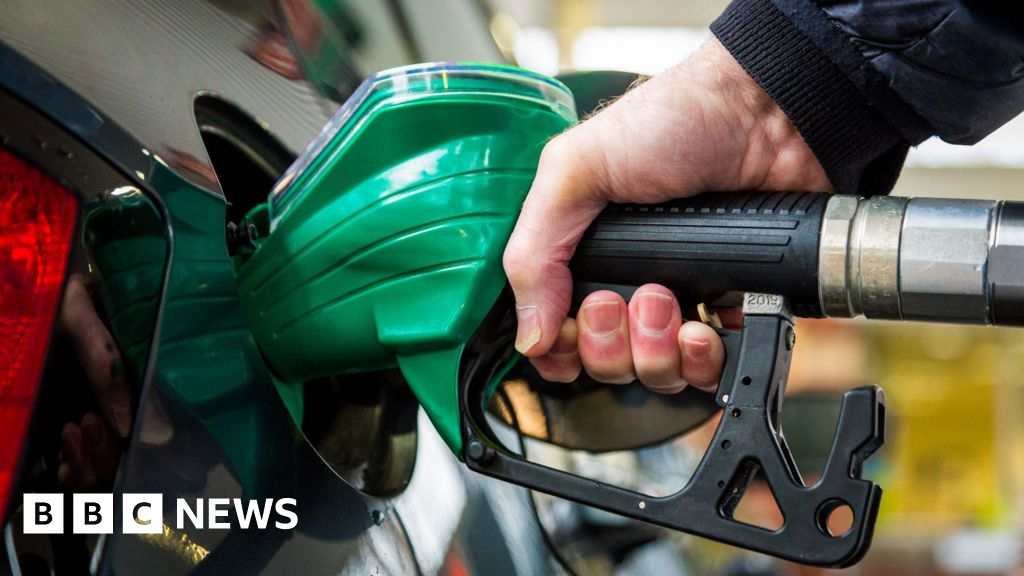Receive free Climate change updates
We’ll send you a myFT Daily Digest email rounding up the latest Climate change news every morning.
Climate change is driving ever more extreme weather events, scientists say, including changing rainfall patterns that caused fatal flooding in the US, India and Japan over the past week at the same time as a heatwave called Cerberus is forecast for southern Europe in the week ahead.
While India regularly witnesses severe floods over the summer monsoon season, scientists say the intensity and timing of monsoons are becoming more erratic due to climate change.
Schools in Delhi closed after monsoon rains caused landslides and flash floods on Monday. More than 50 people died across northern India, including in the Himachal Pradesh and Uttarakhand states.
In Japan, torrential rain in the Kyushu and Chugoku regions caused mudslides, closed roads and disrupted trains. Nearly 2mn people were warned by the Japan Meteorological Agency to take shelter.
In the US, more than 13cm of rain fell in Montpelier, Vermont, on Monday. On Thursday the National Weather Service warned that severe thunderstorms, flash floods and tornadoes could hit the state. Vermont governor Phil Scott warned people to “remain vigilant”. “Flash floods are expected, and they’re unpredictable,” said Scott.
“The recent torrential rains and severe flooding occurring around the world are worrisome signs that climate changes are beginning to spin out of control even faster than climate scientists have warned,” said Dr Peter Gleick, a senior fellow of the Pacific Institute in California.
“These extreme weather events are another indication, together with stunningly hot ocean temperatures, dangerous heatwaves, and the rapid loss of polar ice sheets, that humans are massively disrupting the planet’s climate.”
Scientists at the US Environmental Protection Agency say climate change affects both the intensity and frequency of rain.
Warmer oceans increase the amount of water that is evaporated into the air, which can move overland and produce more intense precipitation.
Dr Jennifer Francis, a senior scientist at Woodwell Climate Research Center, said increasing greenhouse gases “continuing to accumulate” in the atmosphere caused more heat to be absorbed.
“Warmer oceans and air boost evaporation, and that additional moisture not only makes for juicier storms, but it also provides more fuel to make them stronger,” said Francis.
The 2021 landmark UN report signed off by 270 scientists from 67 countries around the world found that global warming would trigger changes to wetness and dryness, winds, snow and ice.
Along with more intense rainfall and flooding in some areas, some regions would experience more intense drought, scientists found.
Precipitation is more likely to increase in high latitudes, while changes to monsoon precipitation are expected, the IPCC report said.
“What climate change is doing is supercharging weather events,” said Rachel Cleetus of the Union of Concerned Scientists. “Where there are dry periods, you are now getting megadroughts. This cycle is also very dangerous, because when you get very dry land that is denuded of vegetation, then when you get the rainfall you get mudslides.”
She added: “I want to emphasise that this is human-caused climate change and this is happening because of the burning of fossil fuels.”
Emissions must be cut by almost half by 2030 to limit the temperature rise to the 1.5C level at which irreversible planetary changes are expected. But they continue to rise annually.

The IPCC report said the world was likely to temporarily reach 1.5C of warming within 20 years, even in the best-case scenario of deep cuts in greenhouse gas emissions. The world has already warmed by about 1.1C since the pre-industrial period.
Climate Capital

Where climate change meets business, markets and politics. Explore the FT’s coverage here.
Are you curious about the FT’s environmental sustainability commitments? Find out more about our science-based targets here
Credit: Source link











